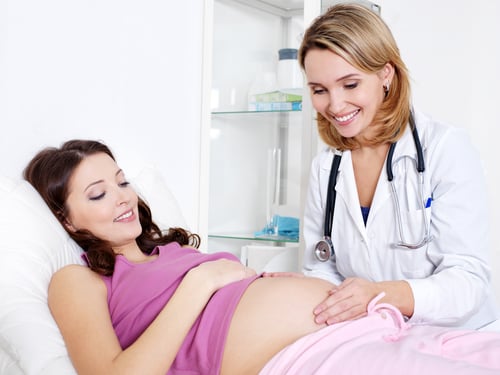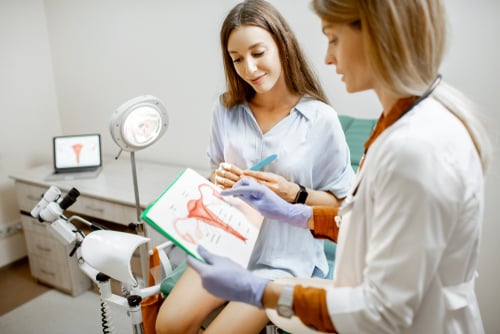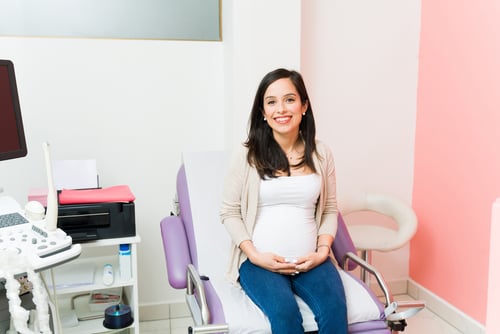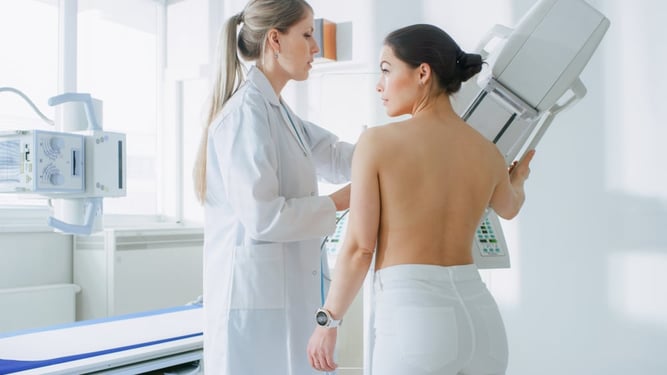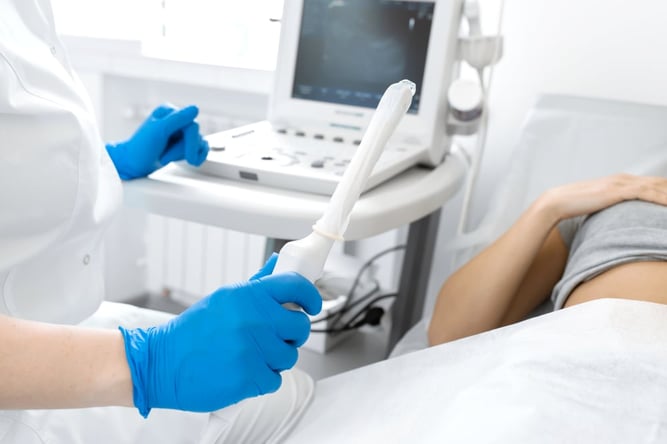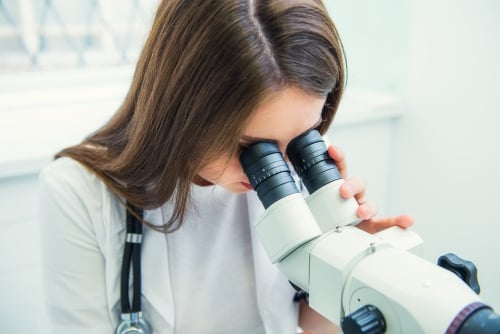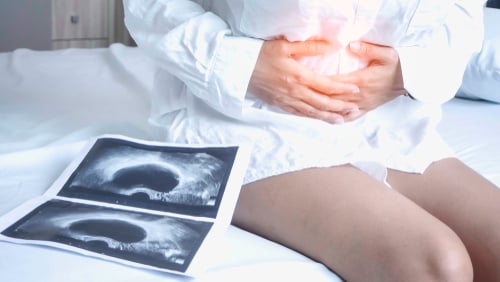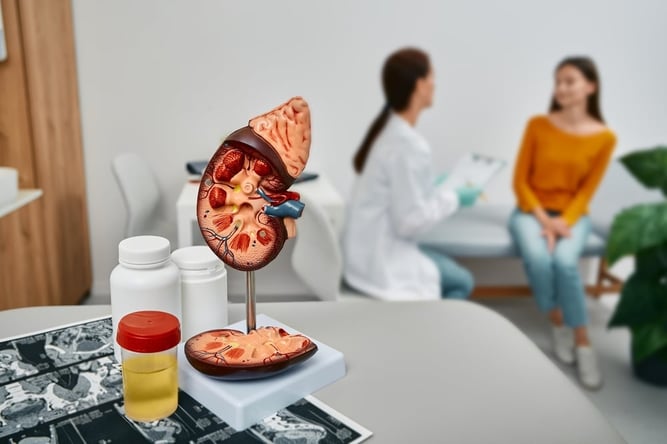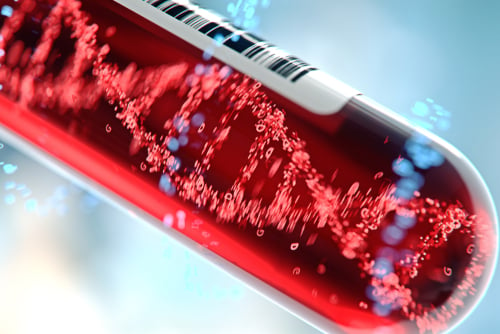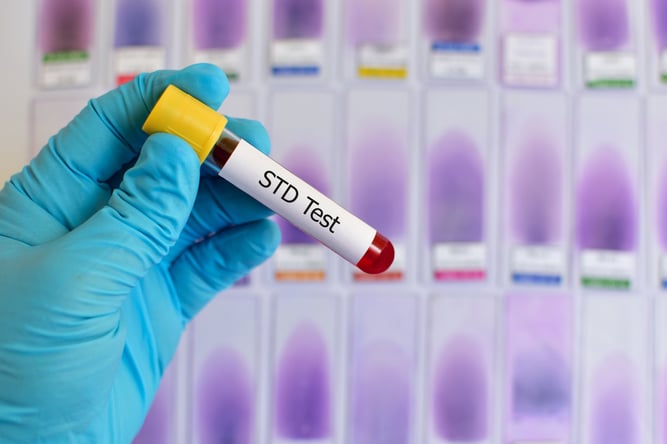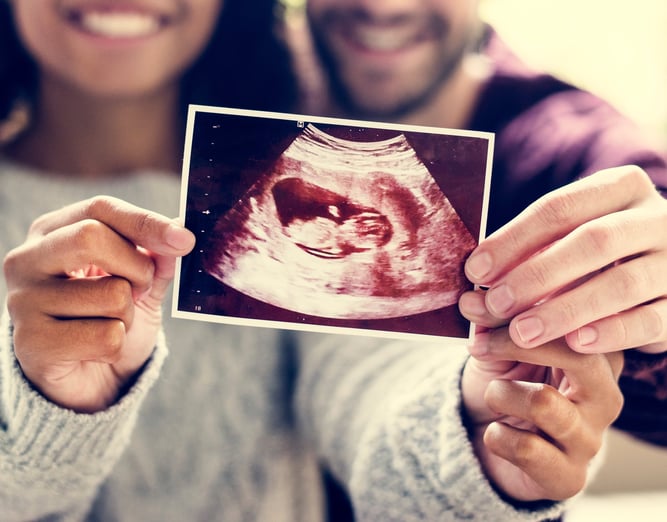The Enigma of Autism: Does Labor Management Matter?
Autism spectrum disorders (ASD) are one of the biggest enigmas of the 21st century. Dr. Boris Petrikovsky explains..

The Enigma of Autism: Does Labor Management Matter?
Autism spectrum disorders (ASD) are one of the biggest enigmas of the 21st century. They encompass a group of neurodevelopmental disorders characterized by impaired social interaction and a variety of repetitive patterns of behavior.1 Over the past three decades, the prevalence of ASD has been on the rise in the Western hemisphere,2,3 posing a substantial public health concern.4 The lack of understanding regarding the nature and etiology of ASD has led to the formulation of multiple theories regarding its origins, including hypotheses related to vaccines, obstetrical ultrasound, and augmentation of labor among others.5-7 The role of vaccines in causing ASD has been thoroughly disproven and is no longer a subject of discussion within the scientific community.
Diagnostic ultrasound
Abramowicz reviewed the topic of diagnostic ultrasounds and concluded that there is no peer-reviewed published evidence establishing a causal relationship between prenatal exposure to clinical ultrasound and the development of ASD.8 Although a mouse study suggests that a prolonged exposure (over 30 minutes) to diagnostic ultrasound can impact neuronal migration, it is unlikely that it is relevant to clinical exposures in humans.
Augmentation of labor
Regarding labor augmentation, a study using detailed birth records and education research databases from North Carolina investigated the association between ASD and labor augmentation among 625,042 live births, including 5,500 children with autism. Among males, multivariate logistic regression showed a weak association between ASD and labor augmentation.10 However, the study design could not definitively determine if such findings were a result of cause and effect.6 Reviewers further pointed out that the study failed to indicate the specific agents used for labor augmentation. Additionally, the American Psychiatric Association reported an editorial error in the criteria for diagnosing pervasive developmental disorder not otherwise specified in the Diagnostic and Statistical Manual of Mental Disorders (DSM-IV), potentially leading to overdiagnosis during a significant portion of the North Carolina study’s time frame.
Autism and obstetrical events A study conducted by Getahun, et al. examined the electronic health records of 594,638 children born in Kaiser Permanente Hospital in Southern California between 1991 and 2009.
Approximately 1 in 88 American children is affected by ASD, with a 4:1 male predominance.12 Newborns exposed to obstetrical complications during birth were at a 10% increased risk of ASD compared to children who did not experience such complications.4 The study identified birth hypoxia; the abruption of the placenta; and preeclampsia as the perinatal complications with the highest association with ASD. Other factors such as umbilical cord prolapse, abnormal presentation, poorly managed labor dystocia and low Apgar scores were also linked to ASD. This association may be explained by compromised blood flow to the fetal-placental unit, increasing the risk of ASD.
Practical implications
Despite extensive research efforts, the causes of ASD remain unclear. The recent increase in its prevalence is worrisome, although improved diagnosis and increased awareness may partially explain the rise. It has been postulated that ASD is a multifactorial disease influenced by a combination of genetic and environmental factors that affect critical periods of brain development.14 While the effect of fetal conditions on the development of childhood disease is recognized, studies of the impact of these conditions during fetal development and its connection to ASD are limited.15 Continued research into the etiology of ASD is necessary, but based on our current knowledge, we recommend implementing the following precautions:
- Limit fetal ultrasound exposure, including Doppler, to the minimum necessary.
- Pay careful attention to the management of fetal hypoxic episodes during pregnancy and labor, striving to avoid even intermittent hypoxia.
Hopefully, further research will provide additional insights into the causes of ASD, enabling improved prevention, early diagnosis, and management of the disorder.
Cesarean delivery and ASD
At first glance, it appears that delivery by cesarean section is associated with an increased risk of ASD.16 However, although an association between delivery by cesarean section and ASD is possible, a causal relationship has not yet been confirmed. Cesarean section is often associated with prenatal and intrapartum complications which might be connected to ASD.16 Many conditions (prematurity, placental abruption, abnormal FHRtracings, prolonged labor, shoulder dystocia, etc.) are independent risk factors for ASD, regardless of the mode of delivery. In our anecdotal experience, an elective full-term cesarean section prior to the onset of labor is associated with a lower rate of ASD compared to a cesarean section after labor or a complicated vaginal delivery.
References
1 American Psychiatric Association. Diagnostic and Statistical
Manual of Mental Disorders. 4th ed, 2000 Washington, DC:
2 Khan NZ, Gallo LA, Arghir A, et al. Autism and the grand
challenges in global mental health. Autism Res 2012; 5(3):
156-159.
3 Elsabbagh M, Divan G, Koh YJ, et al. Global prevalence of
autism and other pervasive developmental disorders. Autism
Res 2012; 5(3): 160-179.
4 Getahun D, Fassett MJ, Peltier MR, et al. Association of
perinatal risk factors with autism spectrum disorder. Am J
Perinatol 2017; 34: 295-304.
5 Petrikovsky BM, Nemova Y, Petrikovsky M. Obstetrical
ultrasound and autism: association or myth? Neon Int Care
2018; 31(4): 16-18.
6 ACOG Committee Opinion. Labor induction or augmentation
and autism. Number 597. May 2014.
7 Petrikovsky BM. Autism and it’s obstetrical causes. Editorial
Intagr Pediatr and Child Care. 2018, October, 46-49.
8 Abromowicz JS. Ultrasound and autism: association, link, or
coincidence? J Ultrasound Med 2012; 31(8): 1261-1269.
9 Ang ES Jr, Gluncic V, Duque A, et al Prenatal exposure to
ultrasound waves impacts neuronal migration in mice. Proc
Natl Acad Sci USA. 2006; 103(34):12903-12910.
10 Gregory SG, Connolly JJ, Towers AJ, et al. Genomic and
epigenetic evidence for oxytocin receptor deficiency in
autism. BMC Med 2009; 7: 62.
11 Vintzileos AM, Ananth CV. Does augmentation of induction of
labor with oxytocin increase the risk of autism? Am J Obstet
Gynecol 2013; 209: 502-504.
12 Prevalence of autism spectrum disorder – Autism and
Developmental Disabilities Monitoring Network, Centers for
Disease control and prevention MMWR Surveill Summ 2012;
61: 1-19.
13 Burstyn I, Wang X, Yasui Y, et al Autism spectrum disorder
and fetal hypoxia in a population based cohort: accounting
for missing exposures via estimation-maximization algorithm.
BMC Med Res Methodol 2011; 11: 2.
14 Muhle R, Trentacoste SV, Rapin I. The genetics of autism.
Pediatr 2004; 113(5): e472-e486.
15 Hultman CM, Sparen P, Cnattingius S. Perinatal risk factors
for infantile autism. Epidemiol 2002; 13(4): 417-423.
16 Abdulmohsen H. Al-Zalabani, Amani H et al cesarean
section delivery associated with autism spectrum disorder?
Neuroscience. 2019; 24(1): 11-15.
17 Petrikovsky BM. Elective cesarean section and autism risk,
Personal Communication
